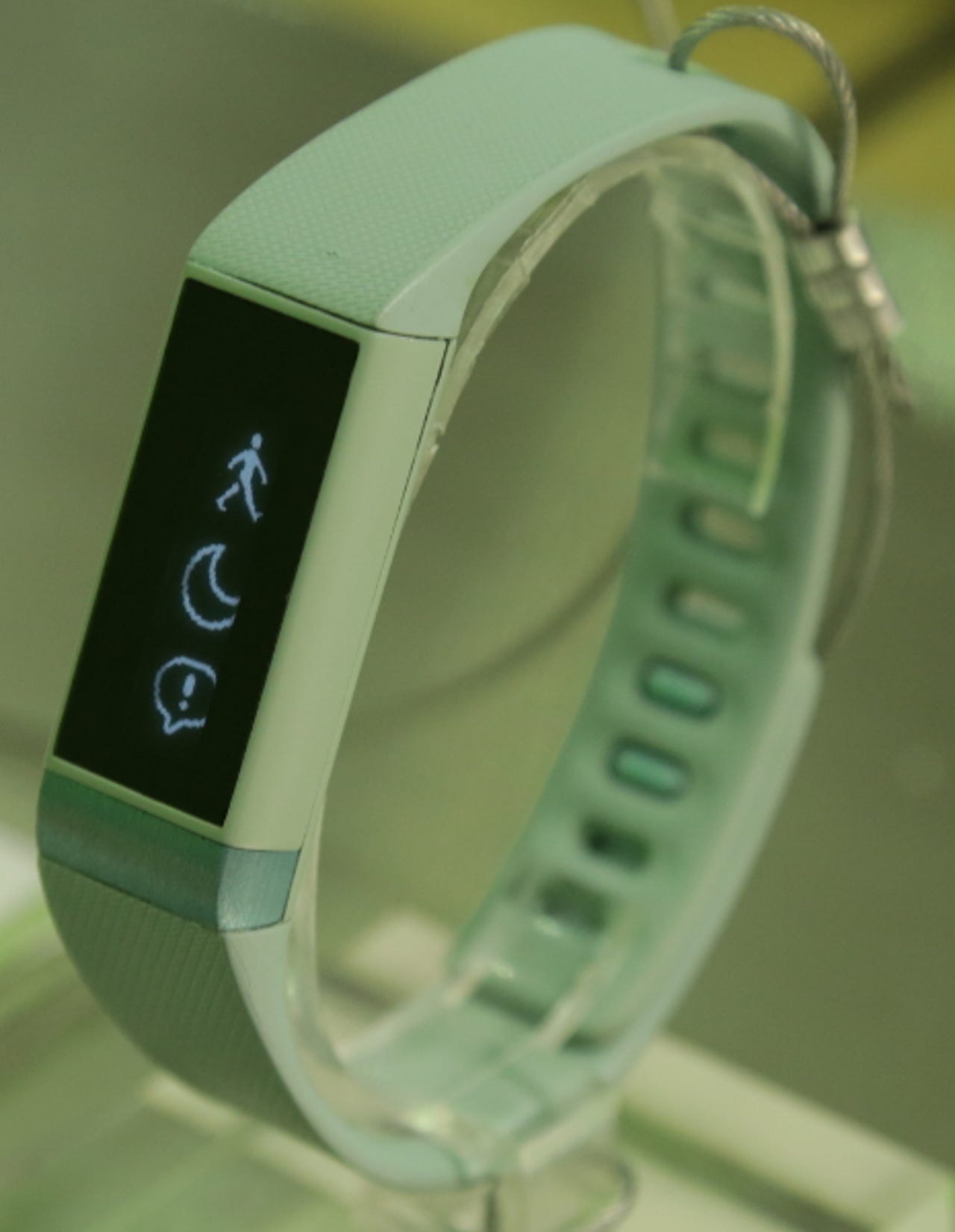The technology of Computex 2014


Wearables
Computex 2017
The talking point of this year's Computex was wearables. It seemed like everyone either wanted them, is armed with plans to produce them in the future, or had them available as wrist-mounted objects.
Above is the Acer Liquid Leap, which has the same functionality of many wearables at the moment: Email alerts, physical activity tracking, and music controls.
If you were looking for the next stage in wearables, maybe a smart shirt or cloud-enabled onesie, then I can only suggest you postpone your hope until next year.
Cheaper wearables
As with most items at Computex, there is always the "cheaper alternative" from China.
This wearable, which claims to tracking activity and sleep patterns, had a screen and responsiveness that could only be described as difficult.
A gentleman on the booth told ZDNet that the issues with the screen was something that was being ironed out — it clearly hasn't stopped them trying to flog version 1 to conference goers.
Intel RealSense
What a holographic display that uses a 3D camera for input control? Then Intel's RealSense camera could be just the ticket.
Despite several unsuccessful attempts to capture a 3D image on a 2D image-producing camera, the best we can offer is to inform you that it does work, has a very narrow viewing angle which would make it great for preventing others from snooping on what is open on your screen, and using the interface can make you look silly.
It's probably not going to feature the desktop of 2024, but it is an eye-catching prototype/toy implementation.
Disclosure: Chris Duckett travelled to Computex as a guest of Intel.
Asus Transformer Book Chi
Packing a 2560x1440 display, and the new Core M chip, Asus' Transformer Book Chi is toted as the future in mobile computing.
Thinner than an iPad Air and containing more grunt, the Chi is one of the better 2-in-1 laptops available.
When four graphics cards are barely enough
Despite the charge into mobile computing, it's nice to be able to see some proper old-school systems. This beauty contains four MSI R9 290X Lightning cards, and a completely bonkers cooling tower that reminds you why PC-based performance seeking can still be fun.
Bitcoin mining with a Core i3
Nothing reminds one quicker of where all the processing is conducted in bitcoin mining than looking at this system.
Despite packing four graphics cards, the central processing unit is a relatively puny Intel Core i3.
Underwater computing
Computing in a hazardous area, or one that has a tendency to fill with water? Then it's nice to know that even in those situations, that certain systems can carry on regardless. It also looks like it could appeal to the scuba-diving executives that demand to be servicing their email at all times.
Blast from the enterprise past
Even amongst all the consumer-focussed hardware found throughout Computex, there are certain enterprise products that look the same many, many years after they were first introduced.
3D printing
Many booths were armed with 3D printers, no doubt for sale, but also to produce items to lure in punters.
Tiny TV tuner
This absolutely tiny TV tuner, dubbed the Pad TV Tuner, plugs into an Android device's mini-USB port and claims to support live rewinding, program guides, channel searching capabilities.
Android TV box
If an Android-powered Apple TV look-a-like is more your thing, this system containing a quad-core chip with 1GB RAM, and using Android KitKat could service your needs.
Importantly for VPN-using "pirates" in countries such as Australia, VPN support was the second-highest feature noted, and supports UHD and H.265 playback.